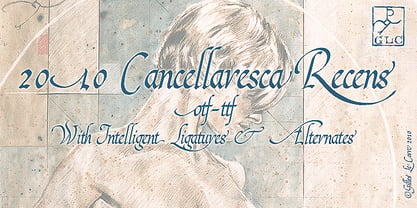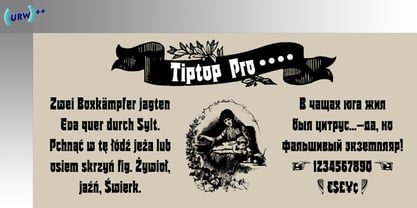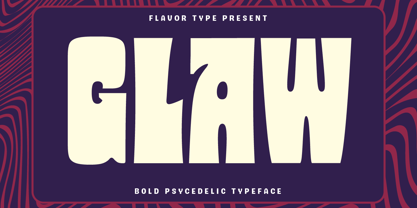10,000 search results
(0.035 seconds)
- Xilosa - Unknown license
- Regency Gothic - Unknown license
- Aaargh - 100% free
- LED BOARD - Unknown license
- Umberette - 100% free
- PopStar Autograph - Personal use only
- extravaganzza - Unknown license
- Marquis De Sade - Unknown license
- Beast vs SpreadTall - Unknown license
- Croatia Hrvatska - Unknown license
- Labrat - Unknown license
- Pica Hole - 1890 Morse - Unknown license
- Chinese Ruler - 100% free
- District - 100% free
- LT Asus Pro - 100% free
- Deutschlander - Personal use only
- Getboreg Slab - Personal use only
- Freakshow - Personal use only
- Fontcop - Unknown license
- Antique Embellishments JNL by Jeff Levine,
$29.00 - Steelplate Textura - Personal use only
- Paulus Franck Initialen - Personal use only
- Ballade - Personal use only
- Reynold Art Deco - Personal use only
- Roslyn Contour - Unknown license
- 2010 Cancellaresca Recens by GLC,
$38.00 - TipTop by profonts,
$41.99 - Glaw by Flavortype,
$15.00 - Disc - Personal use only
- LT Panneaux - 100% free
- LT Aspirer Neue - 100% free
- HACKED - Unknown license
- FEMME - 100% free
- Compact - 100% free
- The Rich Family - Personal use only
- LT Afficher Neue - 100% free
- Headshop - Personal use only
- Samba - Personal use only
- LT Starlight - 100% free
- logoskate - Unknown license






































